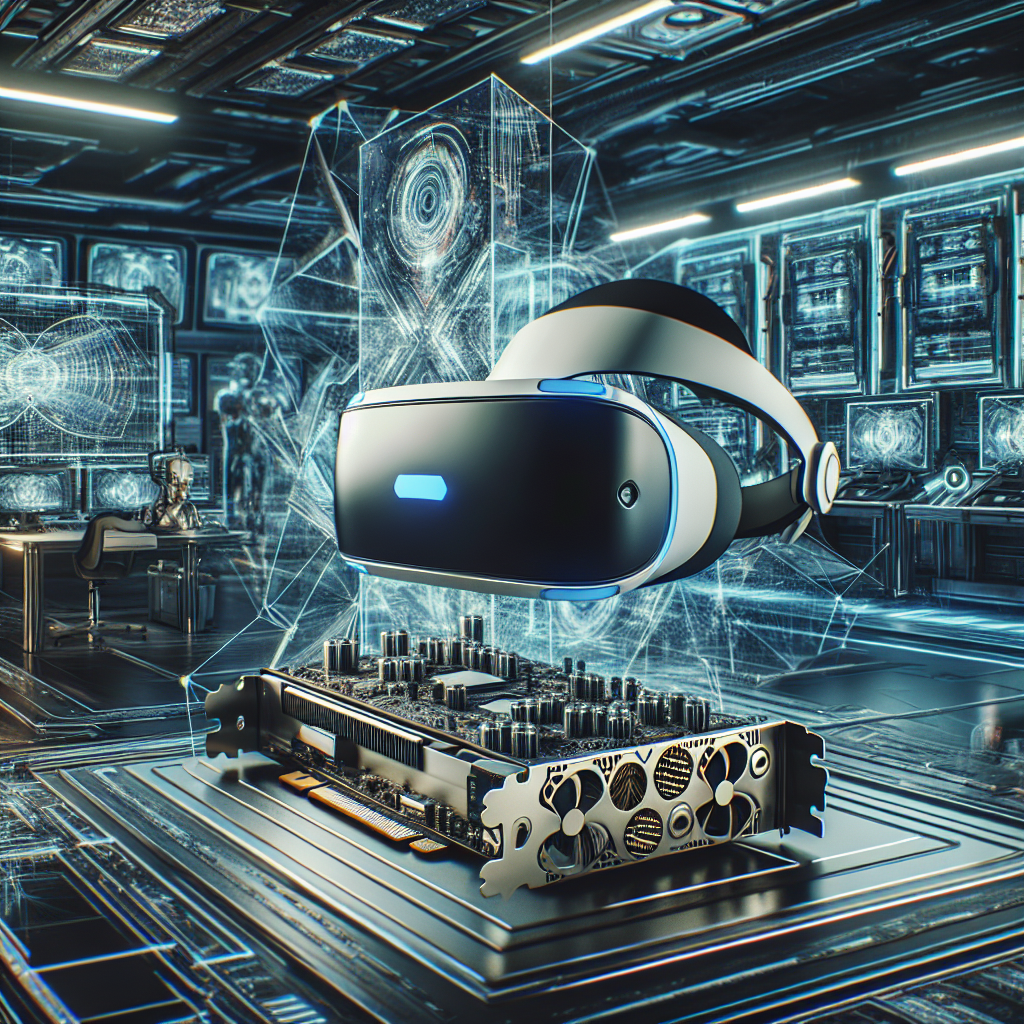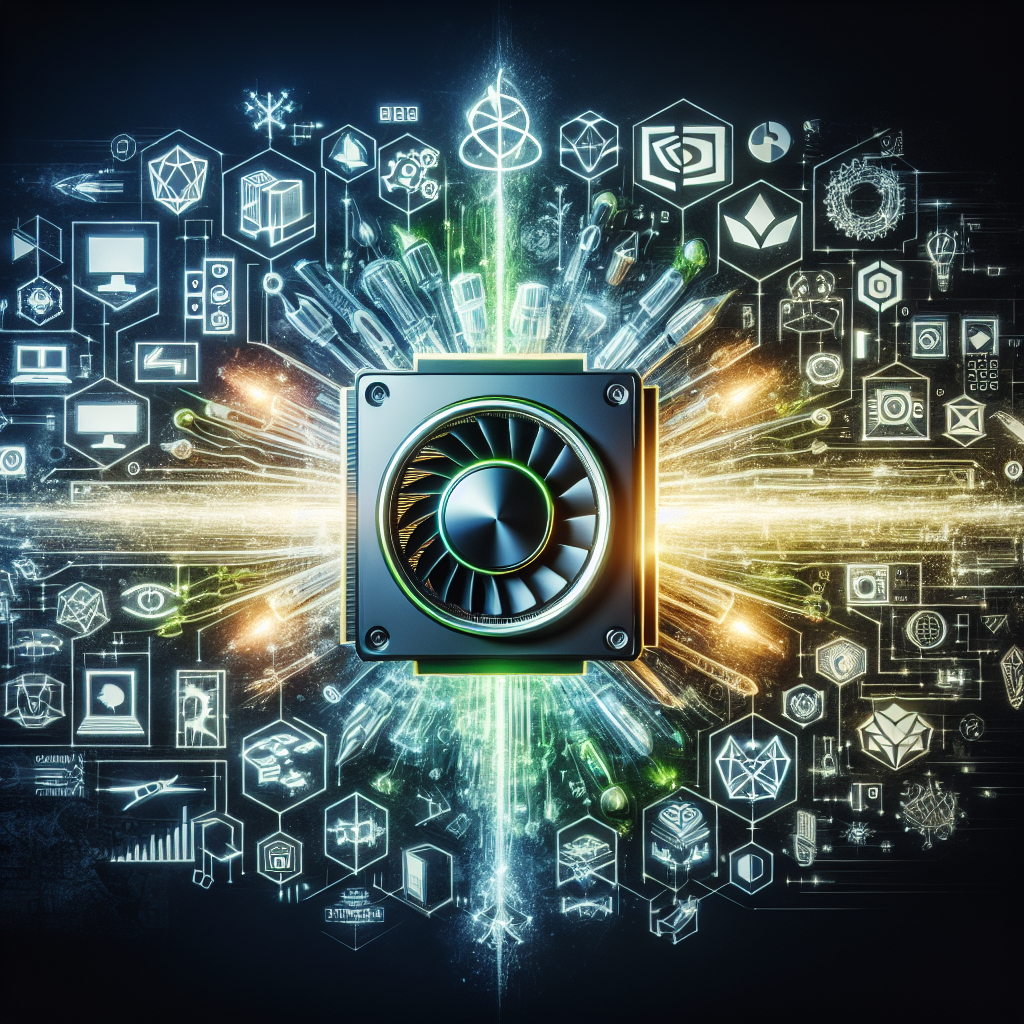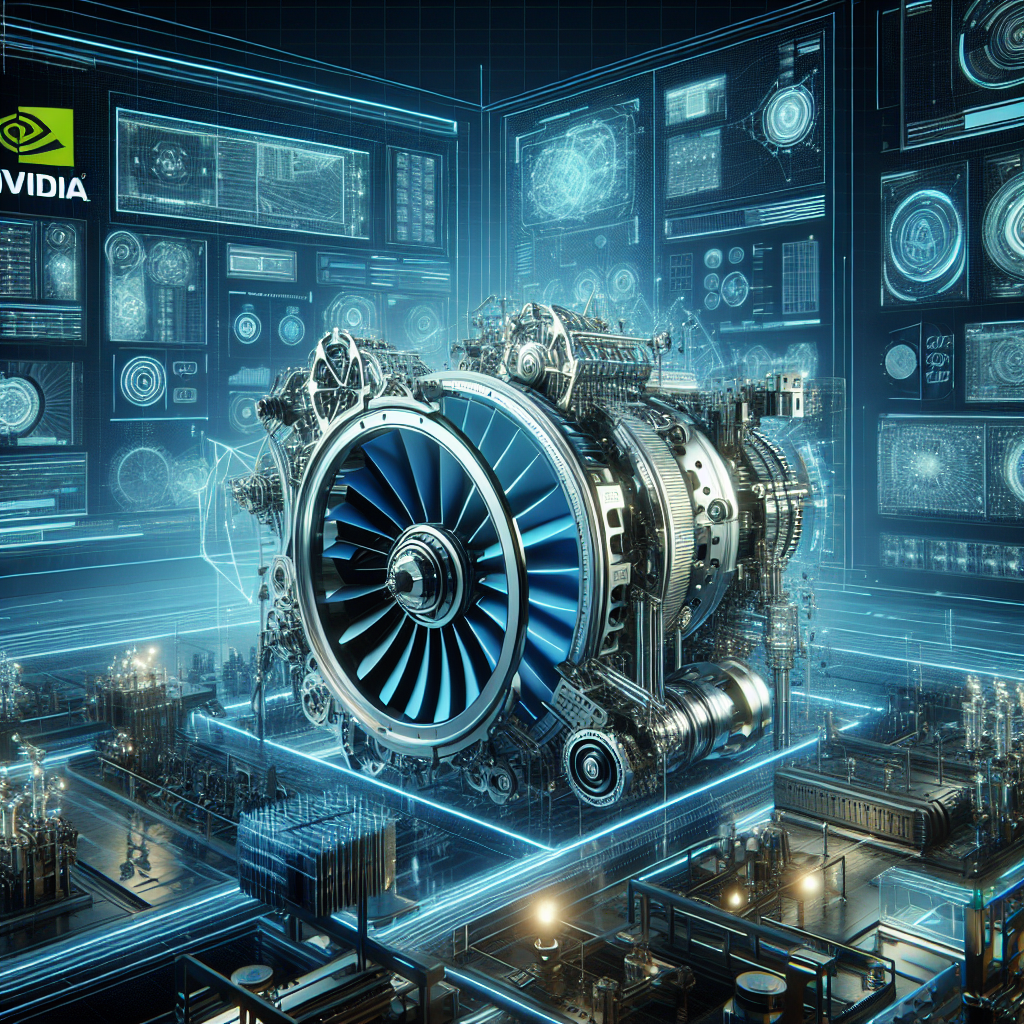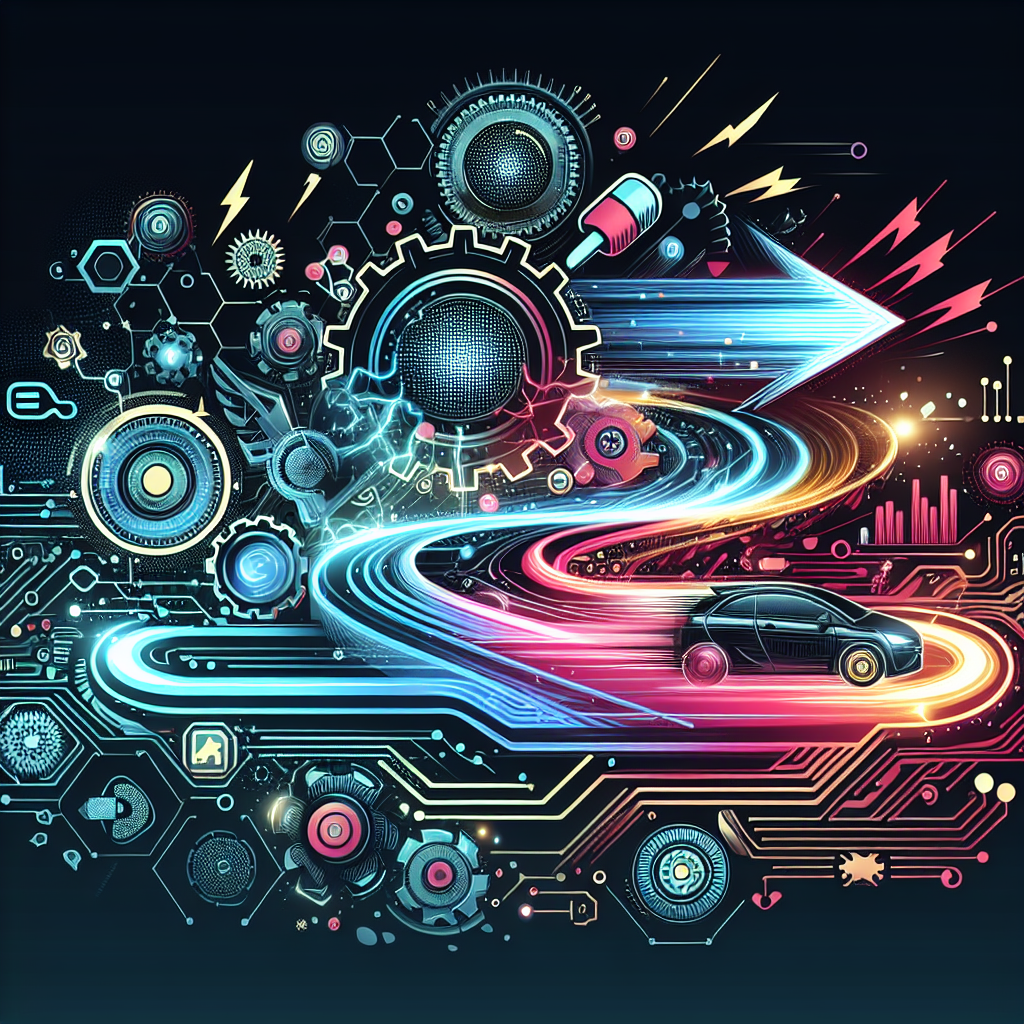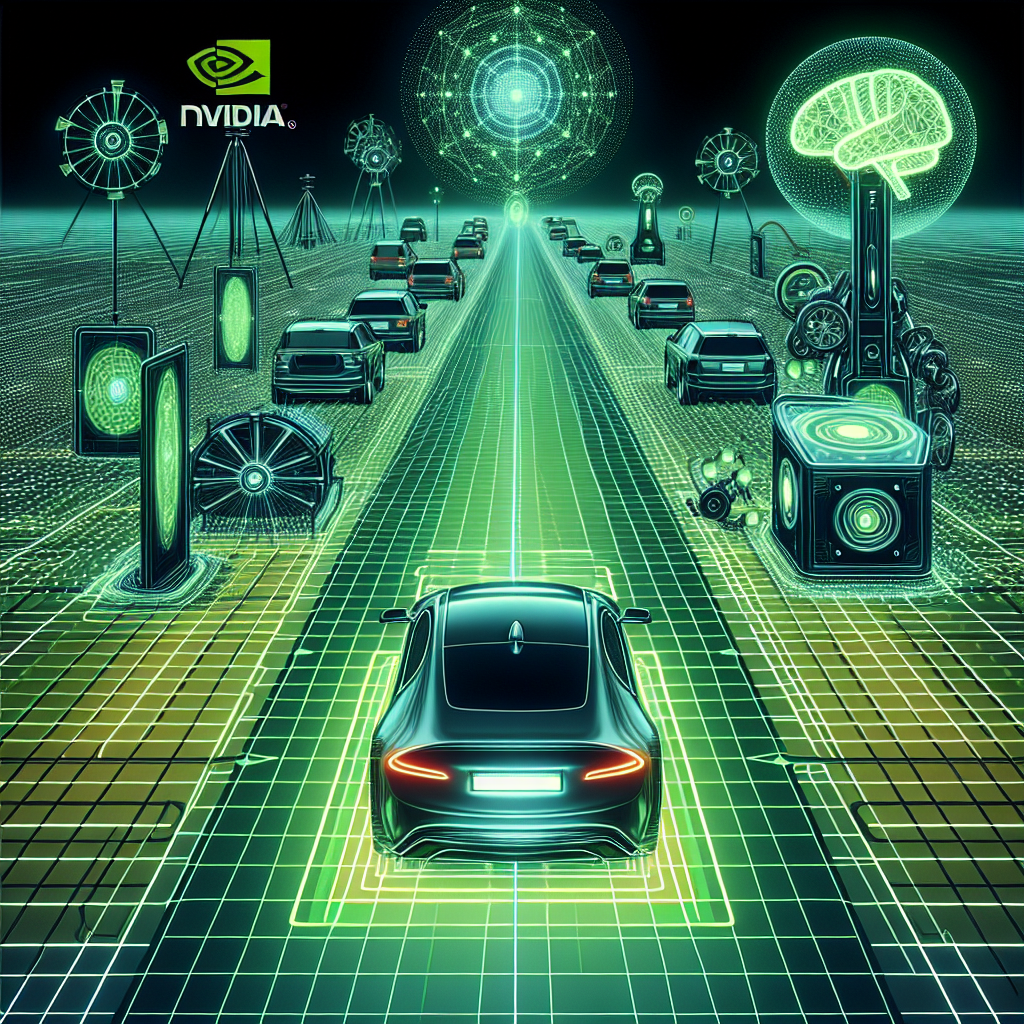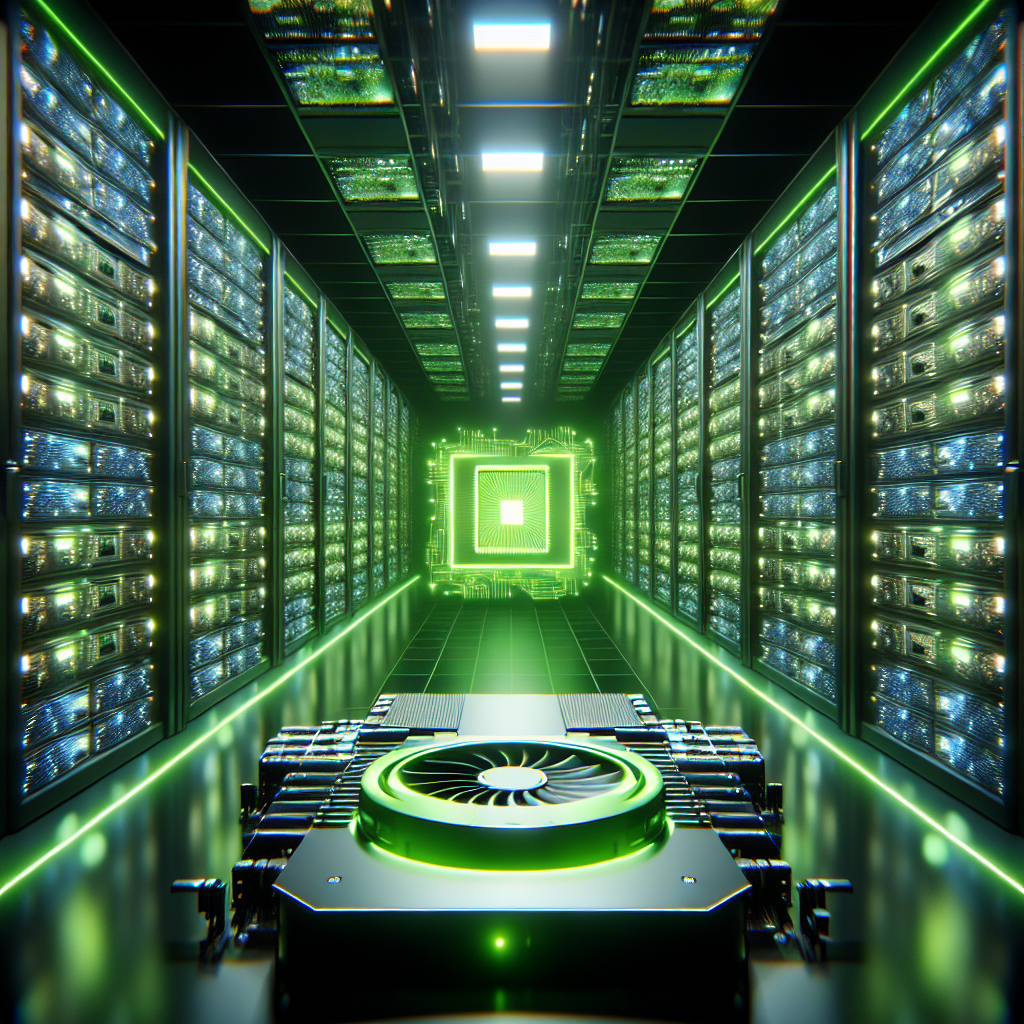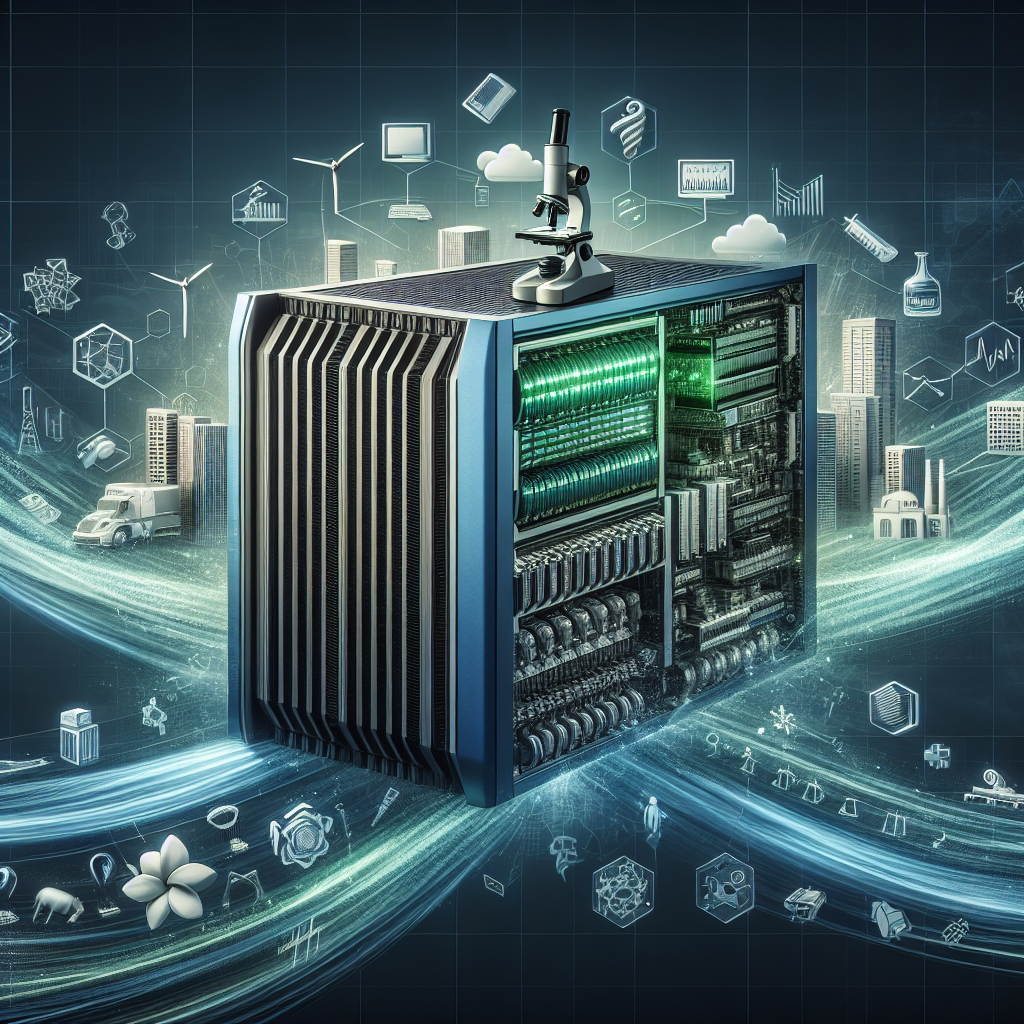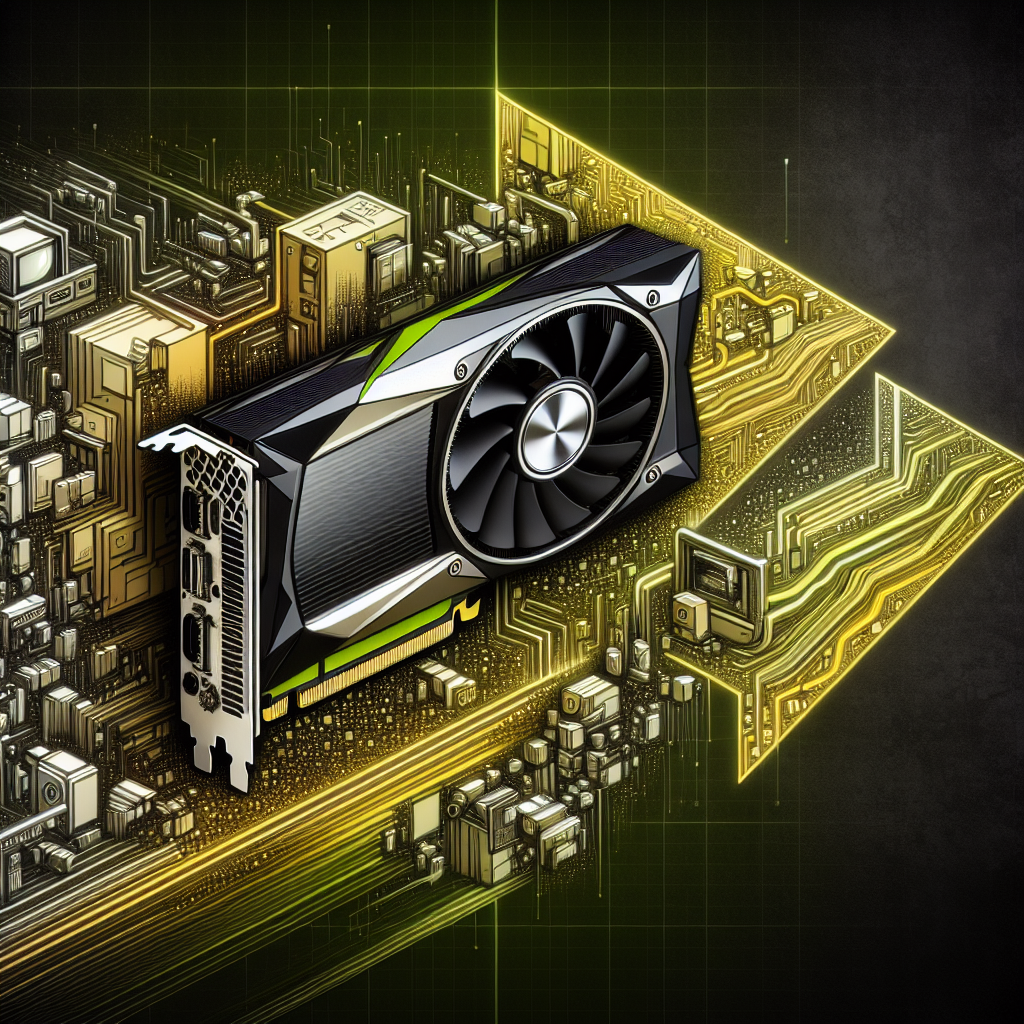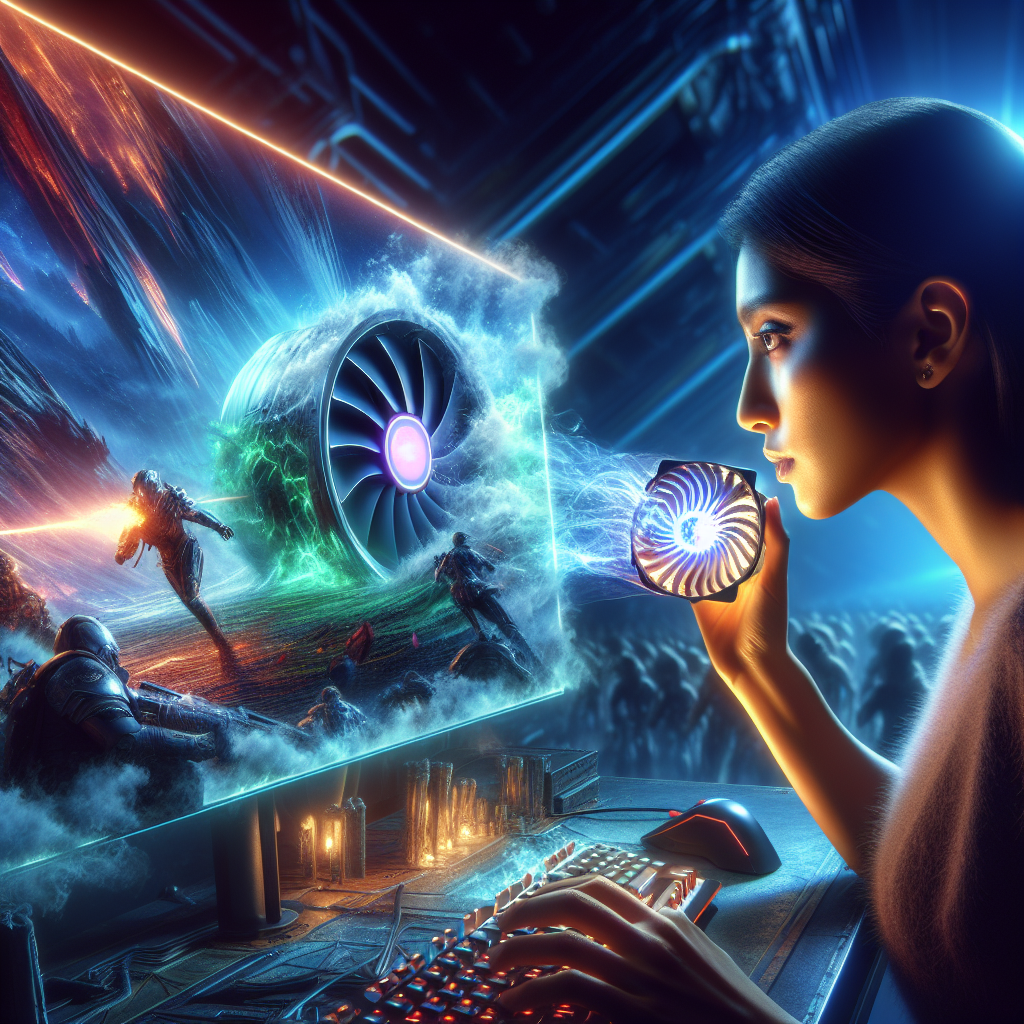Virtual reality (VR) technology has come a long way in recent years, with companies like NVIDIA leading the charge in pushing the boundaries of what is possible in this exciting field. NVIDIA’s advancements in VR technology have revolutionized the way we experience virtual worlds, making them more immersive and realistic than ever before.
One of the key innovations that NVIDIA has introduced in the world of VR is their cutting-edge graphics processing units (GPUs), which are specifically designed to handle the intense demands of virtual reality environments. These GPUs are capable of rendering high-quality graphics at incredibly high frame rates, making for a smooth and seamless VR experience that is free from lag and motion sickness.
In addition to their powerful GPUs, NVIDIA has also developed a range of software tools and technologies that further enhance the VR experience. One such tool is NVIDIA Ansel, a powerful screenshot tool that allows users to capture stunning 360-degree images of their virtual environments. This tool has been widely praised for its ability to capture the beauty and detail of VR worlds in a way that was previously impossible.
Another key innovation from NVIDIA is their VRWorks platform, which provides developers with a set of tools and APIs that enable them to create more immersive and realistic VR experiences. VRWorks includes features such as multi-res shading, which allows developers to optimize the rendering of VR content for different parts of the screen, resulting in a smoother and more efficient VR experience.
NVIDIA has also been at the forefront of developing new display technologies that further enhance the realism of VR environments. One such technology is NVIDIA G-SYNC, which synchronizes the refresh rate of the display with the frame rate of the GPU, resulting in a smoother and more responsive VR experience.
Overall, NVIDIA’s advancements in virtual reality technology have had a profound impact on the way we experience and interact with virtual worlds. With their powerful GPUs, innovative software tools, and cutting-edge display technologies, NVIDIA is helping to push the boundaries of what is possible in the world of virtual reality, and their advancements are sure to pave the way for even more exciting innovations in the future.
